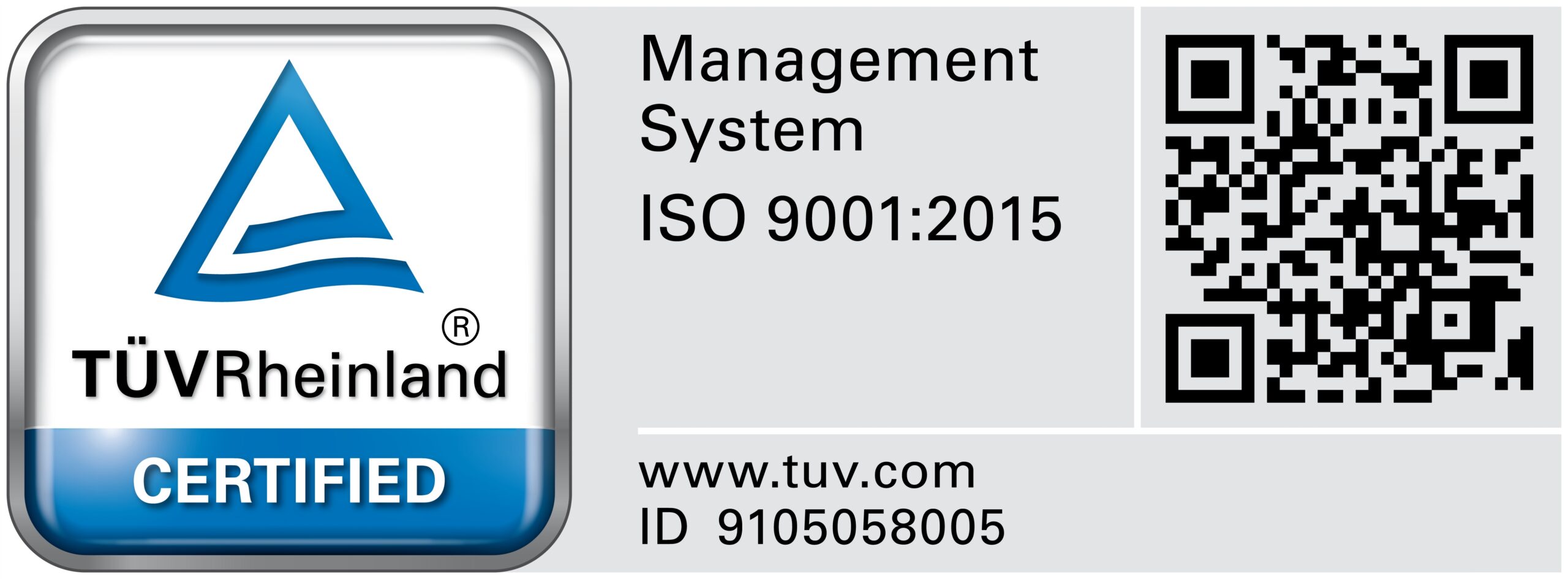Clark International Airport Corporation Mandate and Function
- Legal References
Republic Act No. 7227, also known as the Bases Conversion Act of 1992, created the Bases Conversion and Development Authority (BCDA) as the implementing arm of the Philippine government to accelerate the conversion of the former Clark Military Reservation into the Clark Special Economic Zone.
In 1994, pursuant to Executive Order (EO) No. 192, Clark International Airport Corporation (CIAC) was incorporated and registered with the Securities and Exchange Commission (SEC) as a wholly-owned subsidiary of the Clark Development Corporation (CDC), with the primary purpose of operating and managing the Clark Civil Aviation Complex (CCAC).
Two years after, EO No. 360 (s. 1996) was issued making CIAC a subsidiary of the BCDA.
EO No. 07 (s. 2001) authorized the merger of CIAC and CDC, with CDC as the surviving corporation to ensure effective and efficient coordination of policies and operations. In 2003, EO No. 186 re-established CIAC as a subsidiary of the BCDA, which was later repealed by EO No. 193 (s. 2003), re-establishing CIAC as a subsidiary of CDC.
CIAC was later transformed from a subsidiary of CDC to a subsidiary of BCDA and made subject to the policy supervision of DOTC under EO No. 716 in 2008. EO No. 716 further provided that CIAC shall exercise jurisdiction over CCAC, which is comprised of 2,200 hectares, as well as over the area of approximately 166.9 hectares within the Clark Industrial Estate 5, which is bounded on the East by the East Perimeter Wall; on the West by the Subic-Clark-Tarlac Expressway (SCTEX) Interchange; and on the North by the SCTEX Logistics Interchange.
On 21 December 2011, EO No. 64 was issued making CIAC an attached agency of the DOTC, which shall exercise administrative control and supervision over CIAC.
EO No. 14 was issued on 28 February 2017, reverting the Clark International Airport Corporation as a subsidiary of the Bases Conversion and Development Authority, and maintaining the policy supervision and operational control of the Department of Transportation (former DOTC) over the Clark International Airport.
All legal references above are hereto attached as “Annex A.”
- Clark International Airport Corporation
1. Mandate
The mandate of CIAC as stated in Executive Order 192, s. 1994 “to develop, operate, and manage the Clark Civil Aviation Complex (CCAC)” and further in Executive Order 14, s. 2016 where “CIAC shall engage in civil aviation, aviation-related services, and aviation-related logistics activities within the Clark Civil Aviation Complex (CCAC) and the Clark Industrial Estate (IE) 5 areas, as defined in EO No. 716.”.
2. Functions
-
-
- Estate Management
-
Lease of land, structures, and spaces for potential investors who would like to establish businesses in aviation, aviation-related services, and aviation-related logistics
-
-
- CCAC Development
-
Develop, operate, and manage the CCAC including expansion and development of the secondary runway and other terminals outside the current CRK Operations and Maintenance area operated by LIPAD
-
-
- CCAC Regulatory Supervision and Oversight Responsibilities
-
Assist and represent the DOTr (with full regulatory and operational control over the operations of the CRK) in the discharge of its supervisory and oversight responsibilities over CCAC, including CRK
3. Vision
By 2028, CIAC shall be at the forefront of developing and managing an aerotropolis where world-class industries thrive in a sustainable environment, with the Clark International Airport as the premier gateway, and the Clark Civil Aviation Complex as the key economic engine of the country.
4. Mission
To develop, manage, and operate a globally-competitive aviation complex, while ensuring viability and creating value for our stakeholders
| Services | Customers | Delivery Mechanism |
|---|---|---|
|
|
|






